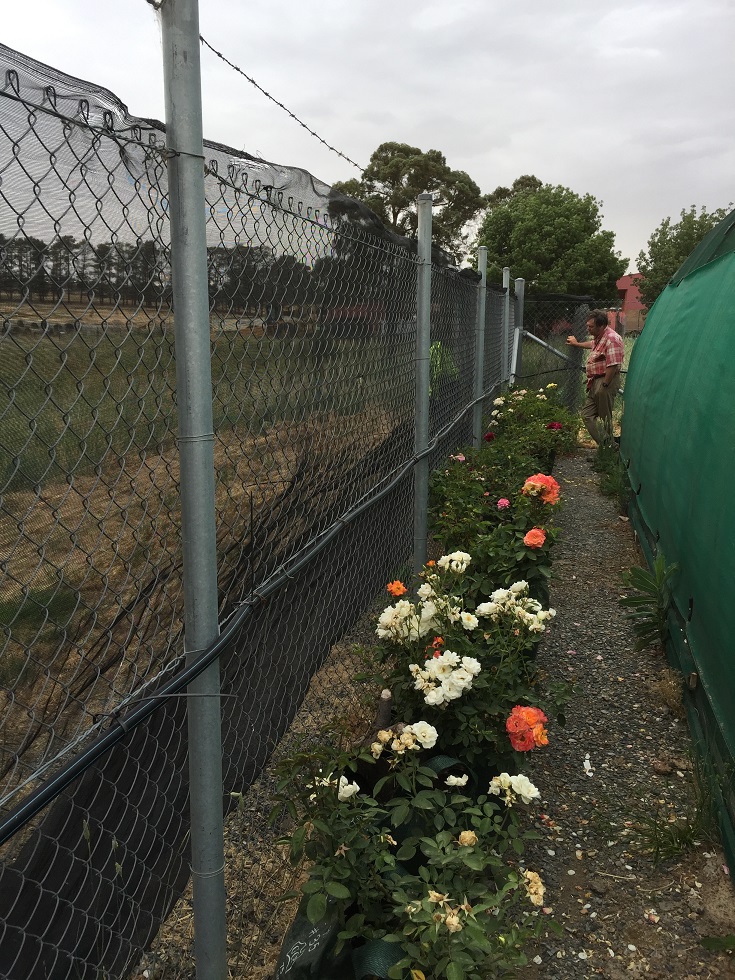On 2 March Bowning-Bookham Landcare volunteers worked together to set up a new hot house at our Bango nursery site which was made possible through funding from the Communities Environment Program. This hot house will enable the BBLC volunteers to continue sowing over the cool Autumn-Winter period that our region experiences. Other volunteers washed and sorted 60 trays – 1200 pots ready for the next sowing.
The Yass Area Network has four nursery sites which grow local native plants where most of the seed is sourced from Greening Australia, this Communities Environment Program grant is also providing funding for regional seed collecting activities. If you have mature Eucalyptus or acacia’s on your property and are willing to participate in future seed collecting activities please email [email protected].




